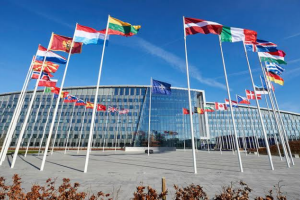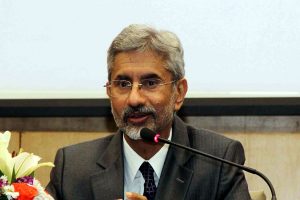With the rapid modernisation and movement towards the digital, certain spaces become a material manifestation of culture and thought. One such place is Kolkata’s iconic College Street. Having witnessed the nation’s history up close, the stretch has a vibrant history of its own. Bustling with literary fervour, the 900-meter-long street is not just a marker of education but also culture, progress, thought, dissent, and livelihood. Today, College Street boasts the title of Asia’s largest book market and the second largest in the world.
The origin of the microcosm of linguistic arts
Advertisement
The nomenclature, ‘College Street’ finds its root in the establishment of Hindu College in 1817 by David Hare. Starting with only 20 students, the college’s mission was to provide a liberal education to the children of the Hindu community. Subsequently, Lord Wellesley took charge of the construction around the area. The landmark of the Hindu College earned the place the moniker of College Street. With time, the place started to be a thriving hub of literature and intellect. With food outlets and publishing houses finding their emergence in the pulsating ecosystem, the place became a microcosm of thought, hope, revolution, and art. The pace harbours several generations of booksellers and publishers such as Ananda Publishers, Mitra and Ghosh Publishers, Das Gupta and Company Pvt. Ltd and a lot more.
The street is a paradise for readers with numerous kiosks and book shops harbouring everything printed on paper. From school and college books to literary paperbacks, one can find everything in the market. A reader can get their hands on everything from the Greek tragedies of Homer and Sophocles to the latest young-adult fiction. Several of these copies finding space in the nooks and racks of these shops have changed hands multiple times. These books have a story of their own, they too have travelled, and they have created memories. One can even hope to get their hands on a first published edition if the stars are with them.
One of the most interesting aspects is that most of the booksellers haven’t had the luxury of a formal education, yet they have an expansive catalogue of books and authors at the back of their hands. Some of them have also set up their own little publishing houses, printing classic books that are no longer bound by copyrights. What started as a source of livelihood has culminated into a passion for keeping the paperback culture alive and making art more accessible.
Indian Coffee House: Brewing coffee and dissent
It is impossible to talk about College Street and not talk about Indian Coffee House, nestled in the alleyway of the literary hub. Coffee house culture in India is a product of colonialism. The Britishers established the joints to discourse over issues over a hot cup of coffee. In the 1890s, the idea of a coffee house chain found its eureka moment. Under British rule, the Coffee Cess Committee established the first coffee house in Bombay in 1936. Subsequently, by the 1940s, there were nearly 50 branches across the subcontinent. In 1942, the Coffee Board replaced the committee. This newly formed board decided to shut down the chain in 1957 due to a policy change. Following this, communist leader AK Gopalan revived the coffee houses. Two major changes came with him- the coffee house was renamed the ‘Indian Coffee House’ and it was now owned and operated by a workers’ cooperative.
The chain located in the education space of Kolkata finds its roots in Albert Hall, established in April 1876. In 1942, the Coffee Board started a coffee house that operated out of the hall and after five years, it was renamed Coffee House. It officially started business as the Indian Coffee House on 3 July, 1958. The coffee house didn’t just brew coffee, but everything else that accompanies the powerful beverage. The space provided an opportunity to exchange ideas, find inspiration, and deliberate. It became a melting pot of art, political ideologies, and revolution. It saw the emergence of the freedom struggle, heated political debates, and the Bengal intelligentsia. Many great personalities frequented the ‘adda’ space, shaping the cultural and social trajectory of the nation. These include the likes of Satyajit Ray, Amartya Sen, Mrinal Sen, Aparna Sen, and Ritwik Ghatak among others.
Moving towards a thing of nostalgia and camp
While the liminal space of College Street remains deeply ingrained in the cultural fabric of the nation, the heritage space is turning into a thing of the past. With rapid commercialisation and modernisation, tablets have replaced paperbacks and Instagram-friendly aesthetic cafés have replaced coffee houses. Coffee is slowly turning into just a beverage to keep the adrenaline high. As the space turns into a heritage spot attracting tourists, a romantic notion of nostalgia finds itself attached to it. A space that once bustled with people hungry for ‘food for thought’ now only finds a handful of visitors among avid readers and tourists. Gradually, the prosaic space is turning into a romantic poetry with a campy status. This urges for a call to preserve history, culture and reading tradition that is slowly getting lost in modern translation.











